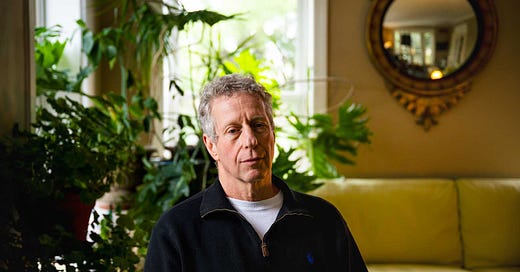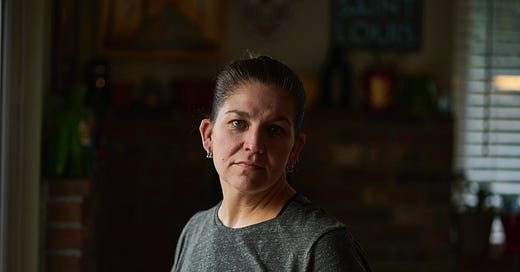‘I’m Face Blind. Here’s What It’s Like.’ Plus…

“Most of us assume that our conscious experience is roughly the same as everyone else’s,” writes Sadie Dingfelder. (Photo illustration by The Free Press, image by Joe Sohm via Getty Images)
What’s it like to be a super-recognizer? Today, we bring you two unusual stories.
79
Oh my God! Caroline! Hi! What are you doing here?
Sorry. . . Who are you?
It’s never not awkward. You see someone who went to your high school in, say, a coffee shop in Canada, and bound over to say hello, only to find they don’t recognize you.
We’ve all been there. But Jana Kozlowski ends up there more often than most. That’s because she’s what’s known a…
Enjoying the story?
Enter your email to read this article and receive our daily newsletter.
Error
Already have an account?
Sign In













